Astrophysicist and retired NASA astronaut Steven Hawley takes us through his fascinating career.
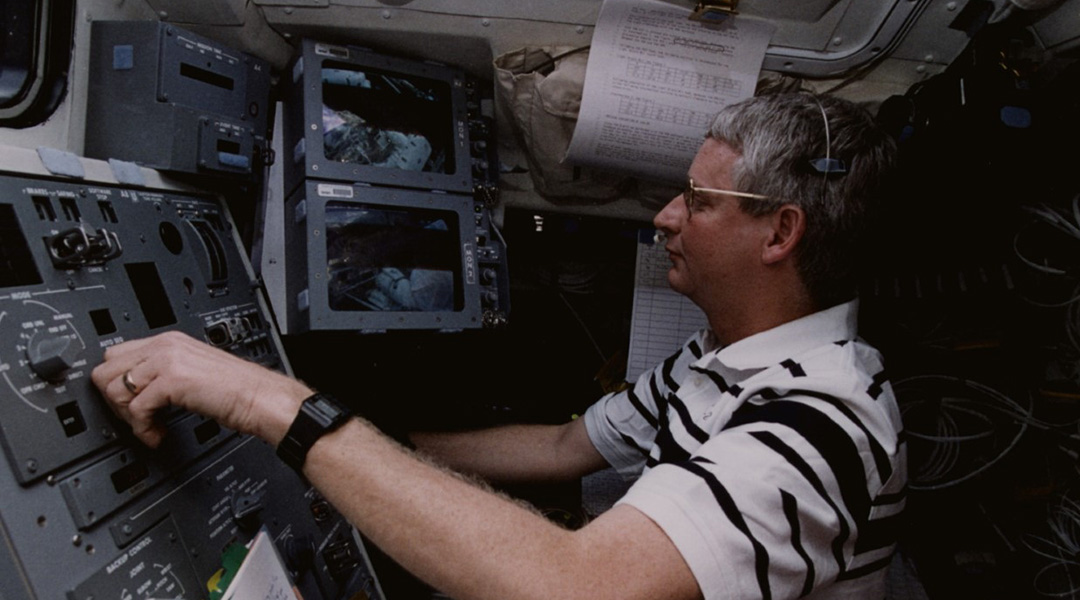

Astrophysicist and retired NASA astronaut Steven Hawley takes us through his fascinating career.
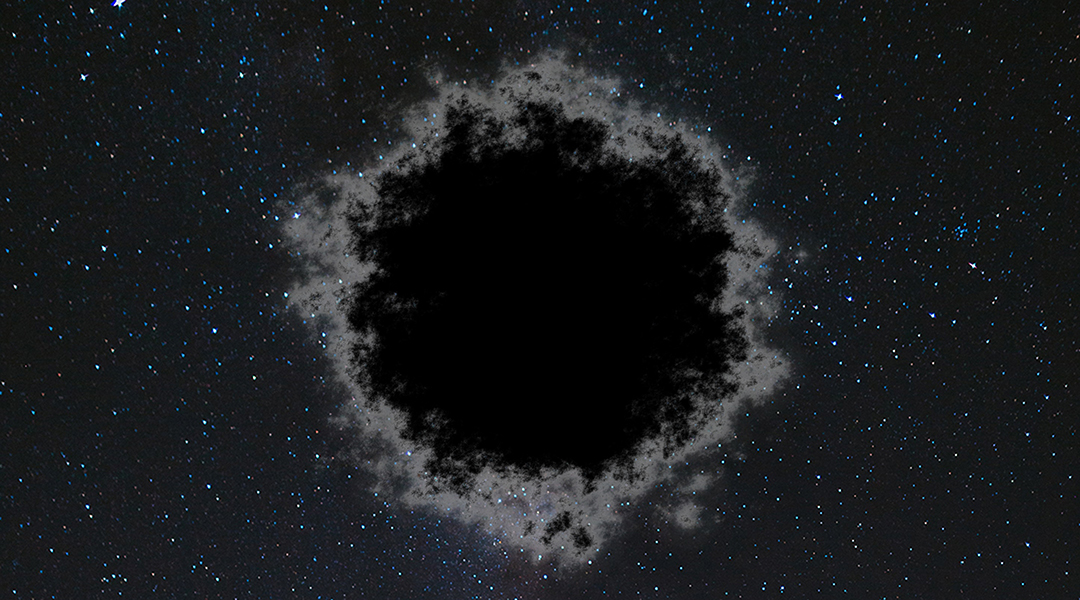
Scientists have turned to string theory to better understand black holes, proposing they can be modeled as “fuzzballs” made up of interacting strings.
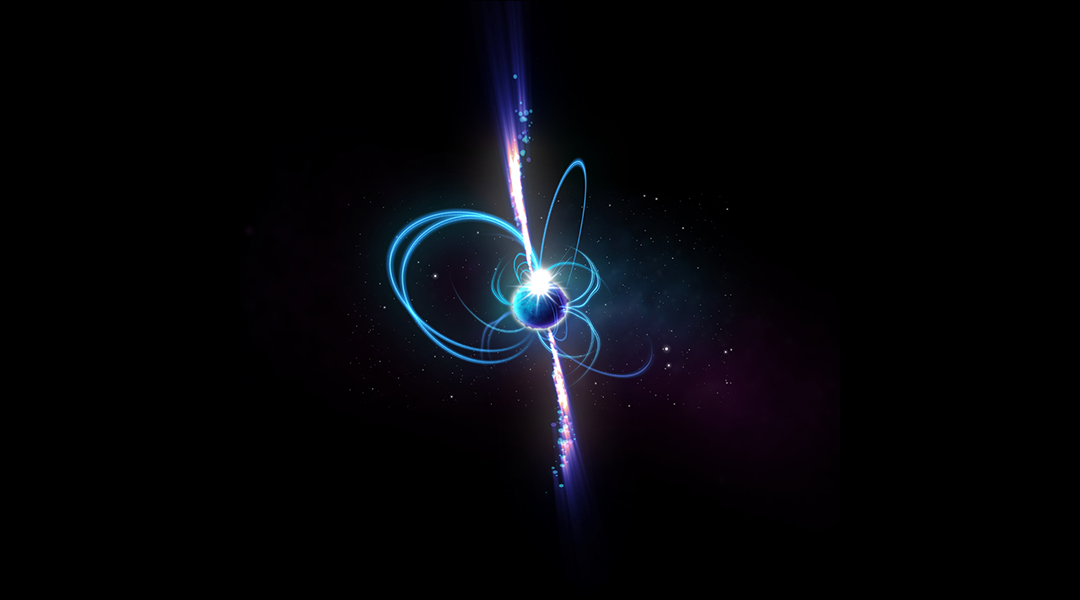
Scientists have observed a peculiar object emitting radio waves once every 20 minutes, and it may be a new kind of neutron star.
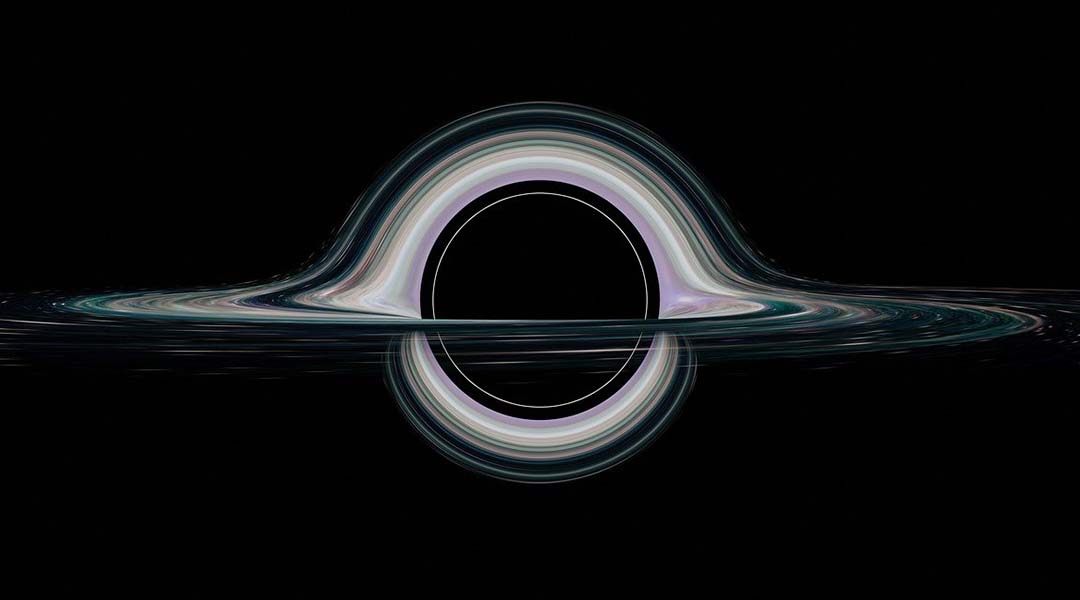
Physicists hope to detect asymmetry in spinning black holes using NASA’s LISA telescope to finally provide proof of quantum gravity.
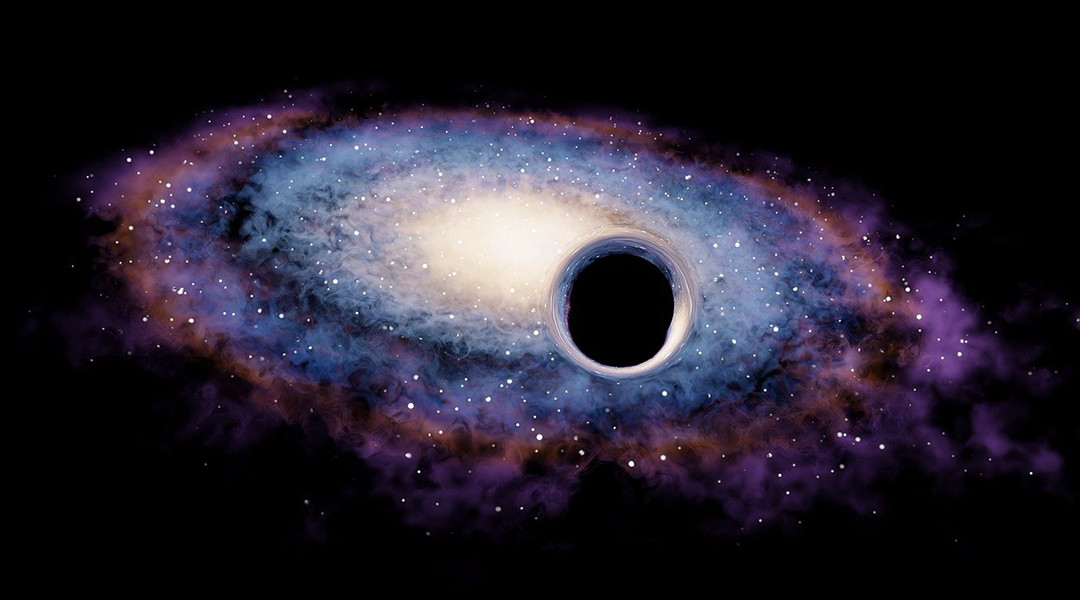
A new theory for the origin and nature of dark matter resolves some inconsistencies between cosmological predictions and astronomical data.
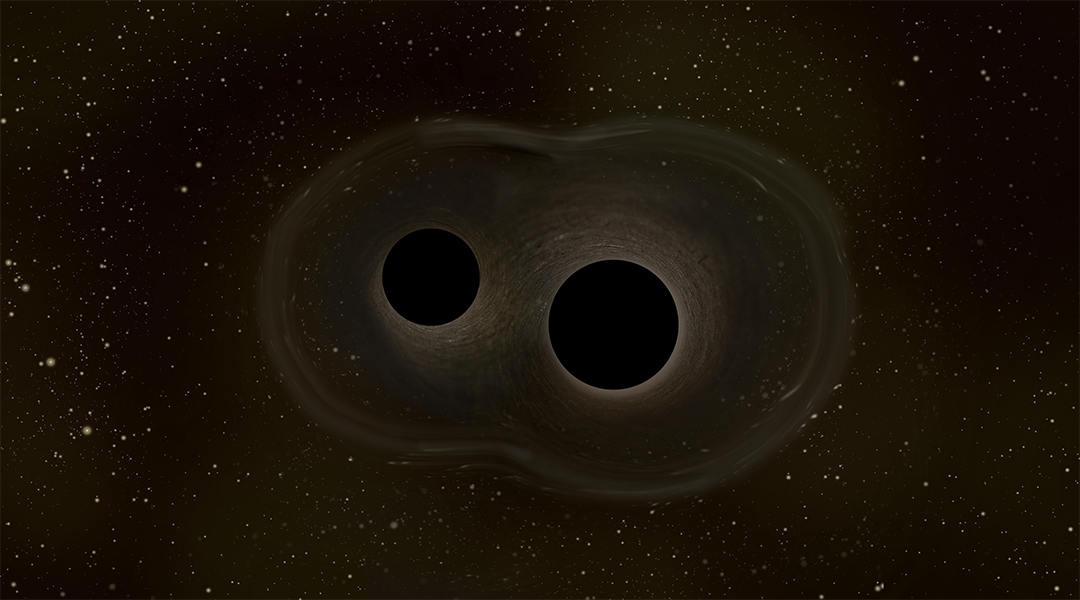
The existence of a quantum membrane is predicted by some theories of gravity, and scientists might be one step closer to identifying one.
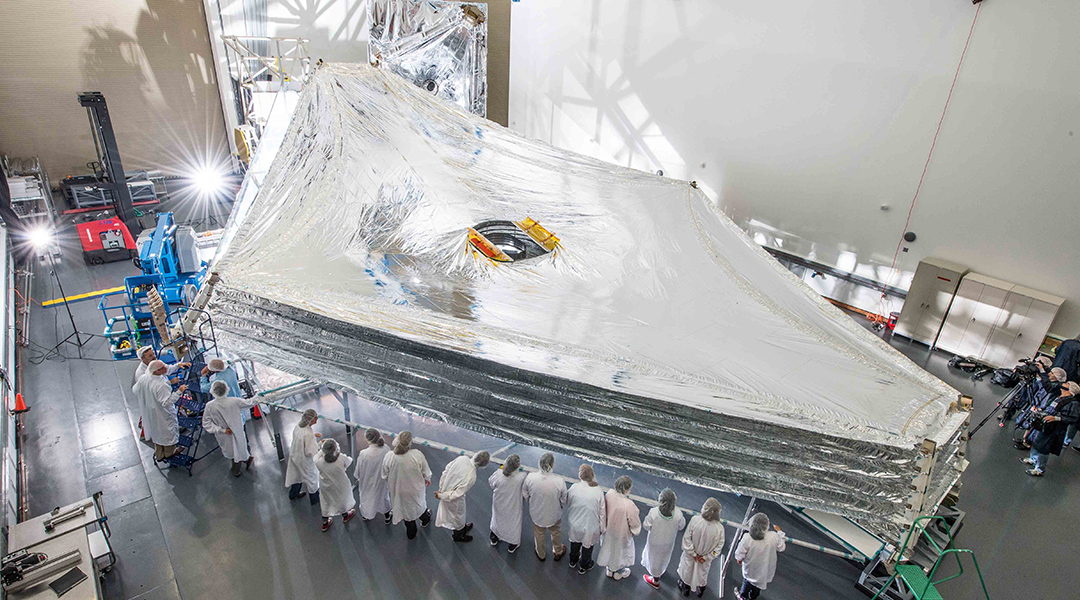
Webb team successfully deploys 70ft sunshield in key launch milestone for the spacecraft’s operations.
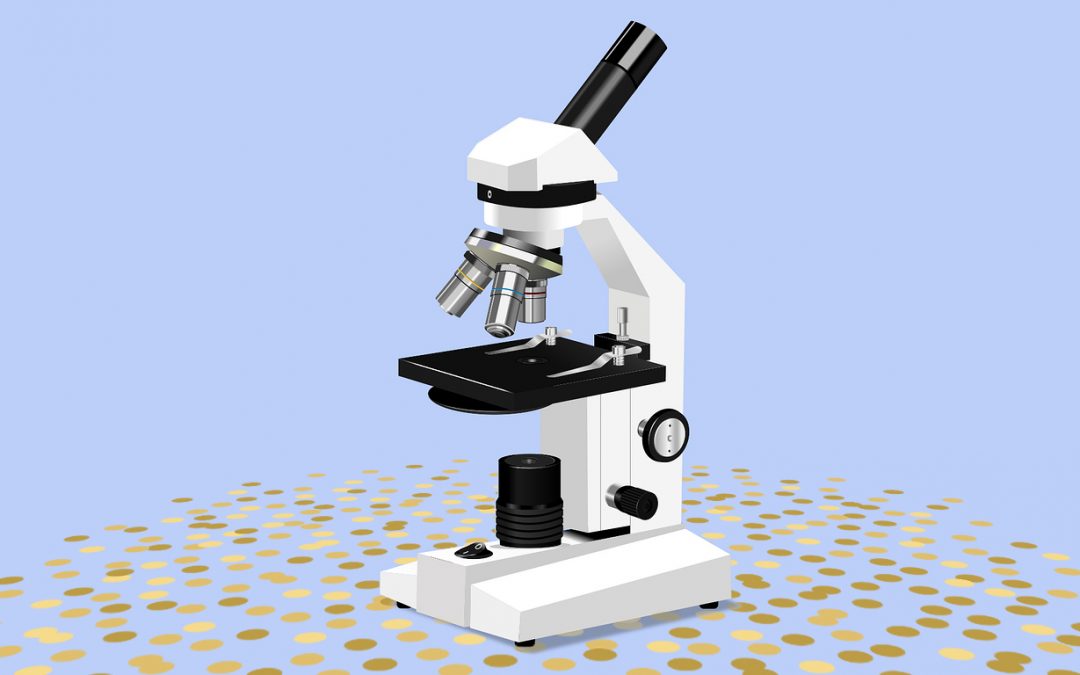
Catch up on some of the most exciting and impactful developments in science from this year, published on ASN and selected by our editors.
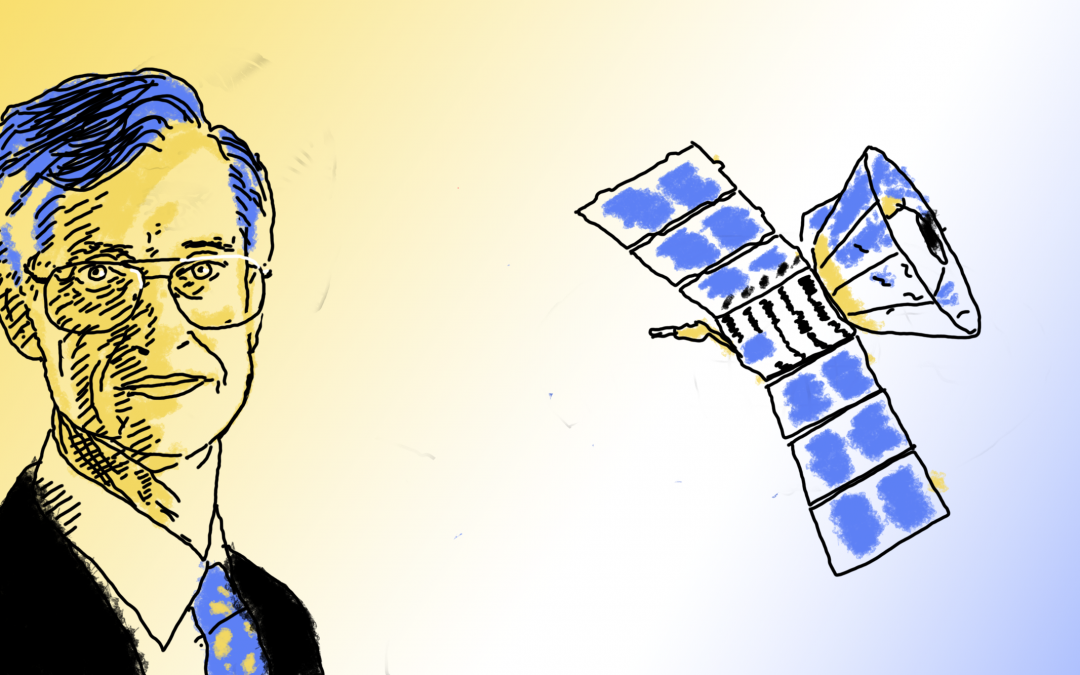
With the launch of the James Webb Telescope, this edition of Pioneers in Science honors an integral member of its mission: John Mather.
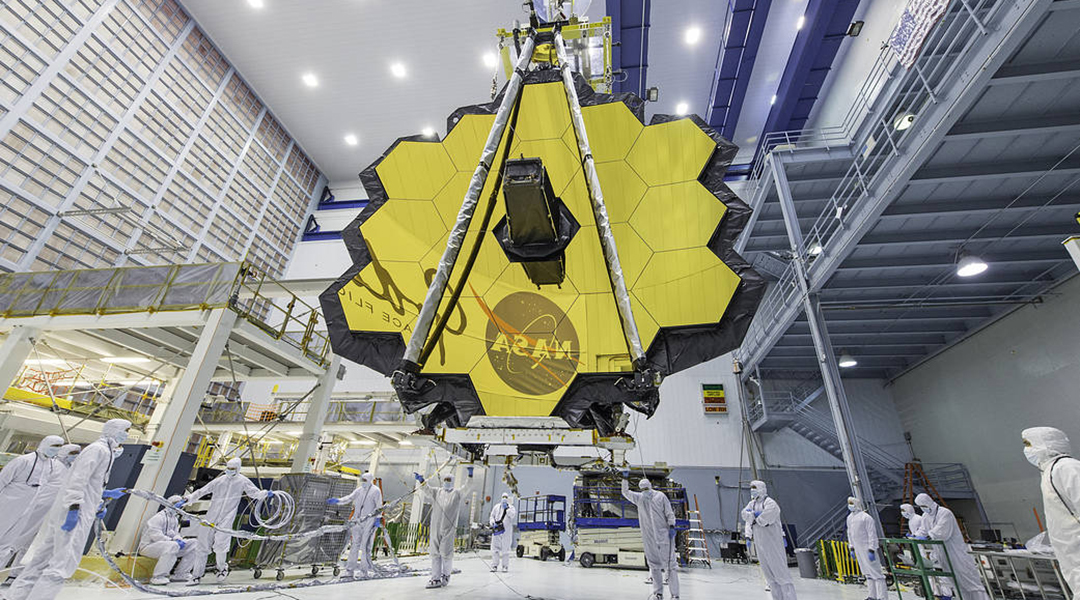
The new James Webb Space Telescope will collect infrared light from distant corners of the cosmos, enabling scientists to see further than ever before.